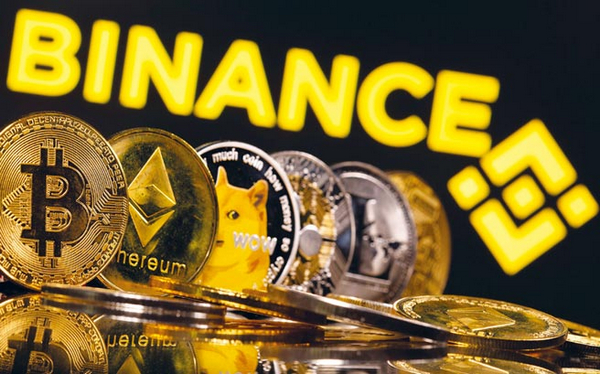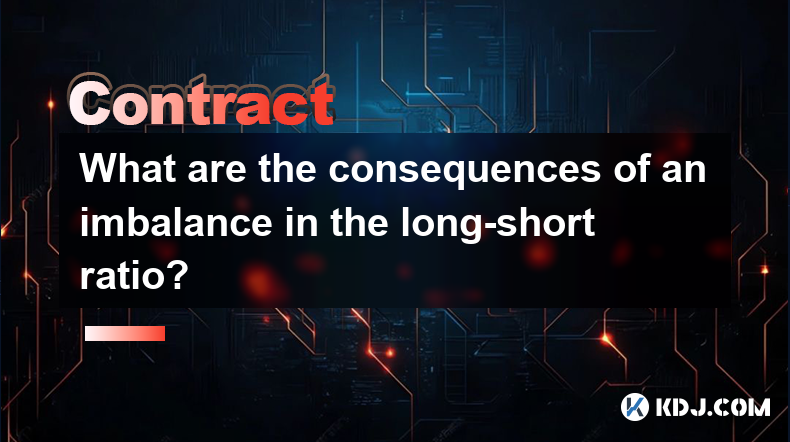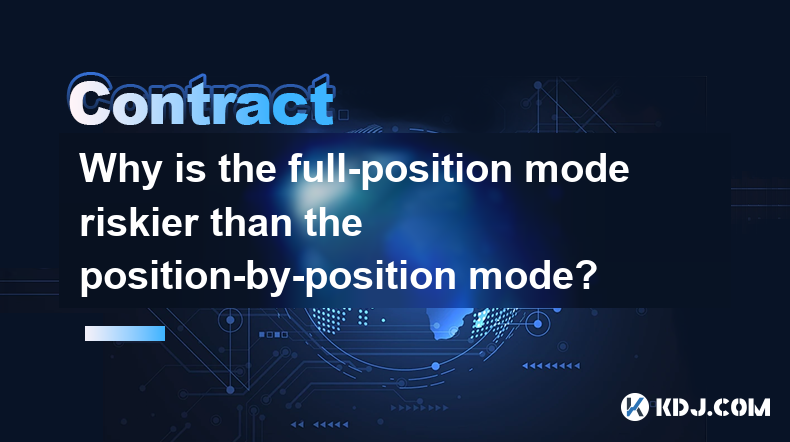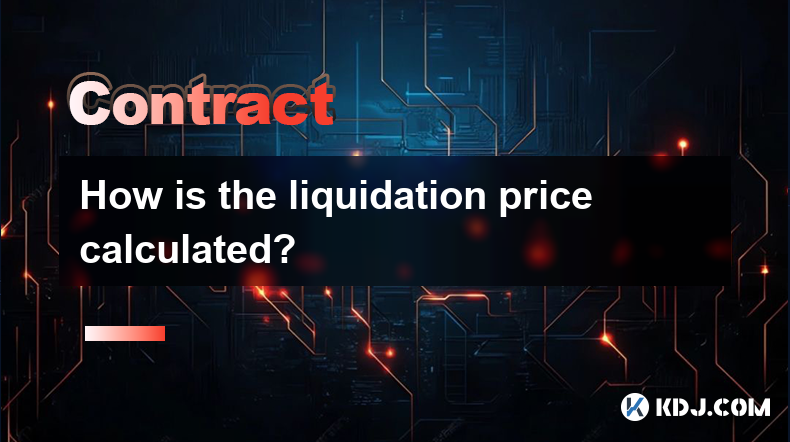-
 Bitcoin
Bitcoin $84,823.1619
0.53% -
 Ethereum
Ethereum $1,673.1984
4.49% -
 Tether USDt
Tether USDt $0.9998
0.00% -
 XRP
XRP $2.1525
-2.22% -
 BNB
BNB $592.0337
0.64% -
 Solana
Solana $133.0423
2.84% -
 USDC
USDC $1.0000
0.00% -
 Dogecoin
Dogecoin $0.1658
0.27% -
 TRON
TRON $0.2579
4.66% -
 Cardano
Cardano $0.6481
-0.74% -
 UNUS SED LEO
UNUS SED LEO $9.3930
-0.26% -
 Chainlink
Chainlink $13.1199
1.57% -
 Avalanche
Avalanche $20.3950
2.06% -
 Stellar
Stellar $0.2454
-1.43% -
 Sui
Sui $2.3137
-0.23% -
 Shiba Inu
Shiba Inu $0.0...01231
0.23% -
 Hedera
Hedera $0.1696
-1.49% -
 Toncoin
Toncoin $2.8535
-1.08% -
 Bitcoin Cash
Bitcoin Cash $340.7252
-1.56% -
 Litecoin
Litecoin $78.3988
-0.34% -
 Polkadot
Polkadot $3.7719
1.15% -
 Dai
Dai $1.0000
0.00% -
 Hyperliquid
Hyperliquid $15.8787
-2.69% -
 Pi
Pi $0.7564
0.34% -
 Bitget Token
Bitget Token $4.2933
-1.18% -
 Ethena USDe
Ethena USDe $0.9989
-0.01% -
 Monero
Monero $208.6755
0.73% -
 Uniswap
Uniswap $5.6055
3.31% -
 Pepe
Pepe $0.0...07607
4.45% -
 OKB
OKB $53.0803
-1.85%
Binance contract gameplay
Understanding the intricacies of contract gameplay on Binance Futures, such as leverage, order types, and advanced trading strategies, is crucial for maximizing returns and effectively managing risk.
Nov 09, 2024 at 10:24 am

Binance Futures: A Comprehensive Guide to Contract Gameplay
Binance Futures offers a robust platform for trading cryptocurrency derivatives, enabling traders to engage in leveraged positions and hedge risks. Understanding the nuances of contract gameplay on Binance is crucial for maximizing returns. Here's a comprehensive guide to help you navigate this complex market:
Step 1: Understand the Basics
- Begin by familiarizing yourself with the concept of futures contracts, which are agreements to buy or sell an underlying asset at a predetermined price on a future date.
- On Binance Futures, these contracts represent the price of the underlying cryptocurrency, such as Bitcoin (BTC) or Ethereum (ETH).
- There are two types of futures contracts: perpetual contracts and quarterly futures contracts. Perpetual contracts do not expire, while quarterly futures contracts expire every three months.
Step 2: Funding and Market Makeup
- To participate in Binance Futures, you must first fund your account. Accepted payment methods include cryptocurrencies, credit cards, and bank transfers.
- The Binance Futures market is highly liquid, with a vast pool of traders. This translates to tight spreads, reduced slippage, and fast order execution.
Step 3: Choosing the Right Contract
- Binance Futures offers a wide range of contracts for various cryptocurrencies. Consider factors such as your trading strategy, risk tolerance, and the liquidity of each contract before making a decision.
- For beginners, it's advisable to start with more liquid contracts like BTC or ETH futures.
Step 4: Leverage and Margin
- Leverage allows traders to amplify their positions by borrowing funds from the exchange. Higher leverage magnifies potential profits but also increases the risk.
- Binance Futures offers leverage of up to 125x on certain contracts. It's essential to use leverage wisely and only within your risk appetite.
Step 5: Order Types
- Binance Futures provides various order types to suit different trading strategies. Limit orders allow you to specify the price at which you want to execute the order. Market orders are executed immediately at the prevailing market price.
- Stop-limit orders combine a stop order with a limit order to protect against adverse price movements.
Step 6: Trading Fees
- Binance Futures charges tiered trading fees based on your 30-day trading volume. Higher trading volume qualifies for lower fees.
- Fees vary depending on the contract type and whether you are a maker (adding liquidity) or a taker (removing liquidity).
Step 7: Risk Management
- Effective risk management is paramount in futures trading. Use stop-loss orders to limit potential losses.
- Monitor your positions closely and adjust leverage accordingly. Avoid overleveraging, as it can lead to rapid account depletion.
Step 8: Advanced Trading Strategies
- As you gain experience, you can explore more advanced trading strategies, such as hedging and arbitrage.
- Hedging involves taking opposite positions in different markets to mitigate risk. Arbitrage capitalizes on price discrepancies between different exchanges.
Disclaimer:info@kdj.com
The information provided is not trading advice. kdj.com does not assume any responsibility for any investments made based on the information provided in this article. Cryptocurrencies are highly volatile and it is highly recommended that you invest with caution after thorough research!
If you believe that the content used on this website infringes your copyright, please contact us immediately (info@kdj.com) and we will delete it promptly.
- Mutuum Finance (MUTM) Emerges as a Top Contender in the Market, Offering Up to 140% Returns
- 2025-04-14 19:45:13
- Dogecoin (DOGE) Witnesses New Selling Pressure After a Brief Price Recovery
- 2025-04-14 19:45:13
- Ray Dalio Is Sounding the Alarm — Not Just About a Potential Recession
- 2025-04-14 19:40:13
- Bitcoin (BTC) Could Be Gearing Up for Its Next Major Move
- 2025-04-14 19:40:13
- Michael Saylor Doubles Down on Bitcoin, Adding 22,000 BTC to His Treasury
- 2025-04-14 19:35:13
- The crypto community has become more positive about XRP as the digital currency has exceeded $2.00.
- 2025-04-14 19:35:13
Related knowledge

How does Tail Protection reduce the loss of liquidation?
Apr 11,2025 at 01:50am
Introduction to Tail Protection in CryptocurrencyTail Protection is a mechanism designed to mitigate the risks associated with liquidation in cryptocurrency trading. Liquidation occurs when a trader's position is forcibly closed by the exchange due to insufficient margin to cover potential losses. This often happens in leveraged trading, where traders b...

What are the consequences of an imbalance in the long-short ratio?
Apr 13,2025 at 02:50pm
The long-short ratio is a critical metric in the cryptocurrency trading world, reflecting the balance between bullish and bearish sentiments among traders. An imbalance in this ratio can have significant consequences on the market dynamics, affecting everything from price volatility to trading strategies. Understanding these consequences is essential fo...

How to judge the market trend by the position volume?
Apr 11,2025 at 02:29pm
Understanding how to judge the market trend by position volume is crucial for any cryptocurrency trader. Position volume, which refers to the total number of open positions in a particular cryptocurrency, can provide valuable insights into market sentiment and potential price movements. By analyzing this data, traders can make more informed decisions ab...

Why does a perpetual contract have no expiration date?
Apr 09,2025 at 08:43pm
Perpetual contracts, also known as perpetual futures or perpetual swaps, are a type of derivative product that has gained significant popularity in the cryptocurrency market. Unlike traditional futures contracts, which have a fixed expiration date, perpetual contracts do not expire. This unique feature raises the question: why does a perpetual contract ...

Why is the full-position mode riskier than the position-by-position mode?
Apr 13,2025 at 03:42pm
Why is the Full-Position Mode Riskier Than the Position-by-Position Mode? In the world of cryptocurrency trading, the choice between full-position mode and position-by-position mode can significantly impact the risk profile of a trader's portfolio. Understanding the differences between these two modes is crucial for making informed trading decisions. Th...

How is the liquidation price calculated?
Apr 12,2025 at 01:35am
Introduction to Liquidation PriceLiquidation price is a critical concept in the world of cryptocurrency trading, particularly when dealing with leveraged positions. Understanding how this price is calculated is essential for traders to manage their risk effectively. The liquidation price is the point at which a trader's position is forcibly closed by th...

How does Tail Protection reduce the loss of liquidation?
Apr 11,2025 at 01:50am
Introduction to Tail Protection in CryptocurrencyTail Protection is a mechanism designed to mitigate the risks associated with liquidation in cryptocurrency trading. Liquidation occurs when a trader's position is forcibly closed by the exchange due to insufficient margin to cover potential losses. This often happens in leveraged trading, where traders b...

What are the consequences of an imbalance in the long-short ratio?
Apr 13,2025 at 02:50pm
The long-short ratio is a critical metric in the cryptocurrency trading world, reflecting the balance between bullish and bearish sentiments among traders. An imbalance in this ratio can have significant consequences on the market dynamics, affecting everything from price volatility to trading strategies. Understanding these consequences is essential fo...

How to judge the market trend by the position volume?
Apr 11,2025 at 02:29pm
Understanding how to judge the market trend by position volume is crucial for any cryptocurrency trader. Position volume, which refers to the total number of open positions in a particular cryptocurrency, can provide valuable insights into market sentiment and potential price movements. By analyzing this data, traders can make more informed decisions ab...

Why does a perpetual contract have no expiration date?
Apr 09,2025 at 08:43pm
Perpetual contracts, also known as perpetual futures or perpetual swaps, are a type of derivative product that has gained significant popularity in the cryptocurrency market. Unlike traditional futures contracts, which have a fixed expiration date, perpetual contracts do not expire. This unique feature raises the question: why does a perpetual contract ...

Why is the full-position mode riskier than the position-by-position mode?
Apr 13,2025 at 03:42pm
Why is the Full-Position Mode Riskier Than the Position-by-Position Mode? In the world of cryptocurrency trading, the choice between full-position mode and position-by-position mode can significantly impact the risk profile of a trader's portfolio. Understanding the differences between these two modes is crucial for making informed trading decisions. Th...

How is the liquidation price calculated?
Apr 12,2025 at 01:35am
Introduction to Liquidation PriceLiquidation price is a critical concept in the world of cryptocurrency trading, particularly when dealing with leveraged positions. Understanding how this price is calculated is essential for traders to manage their risk effectively. The liquidation price is the point at which a trader's position is forcibly closed by th...
See all articles






















































































